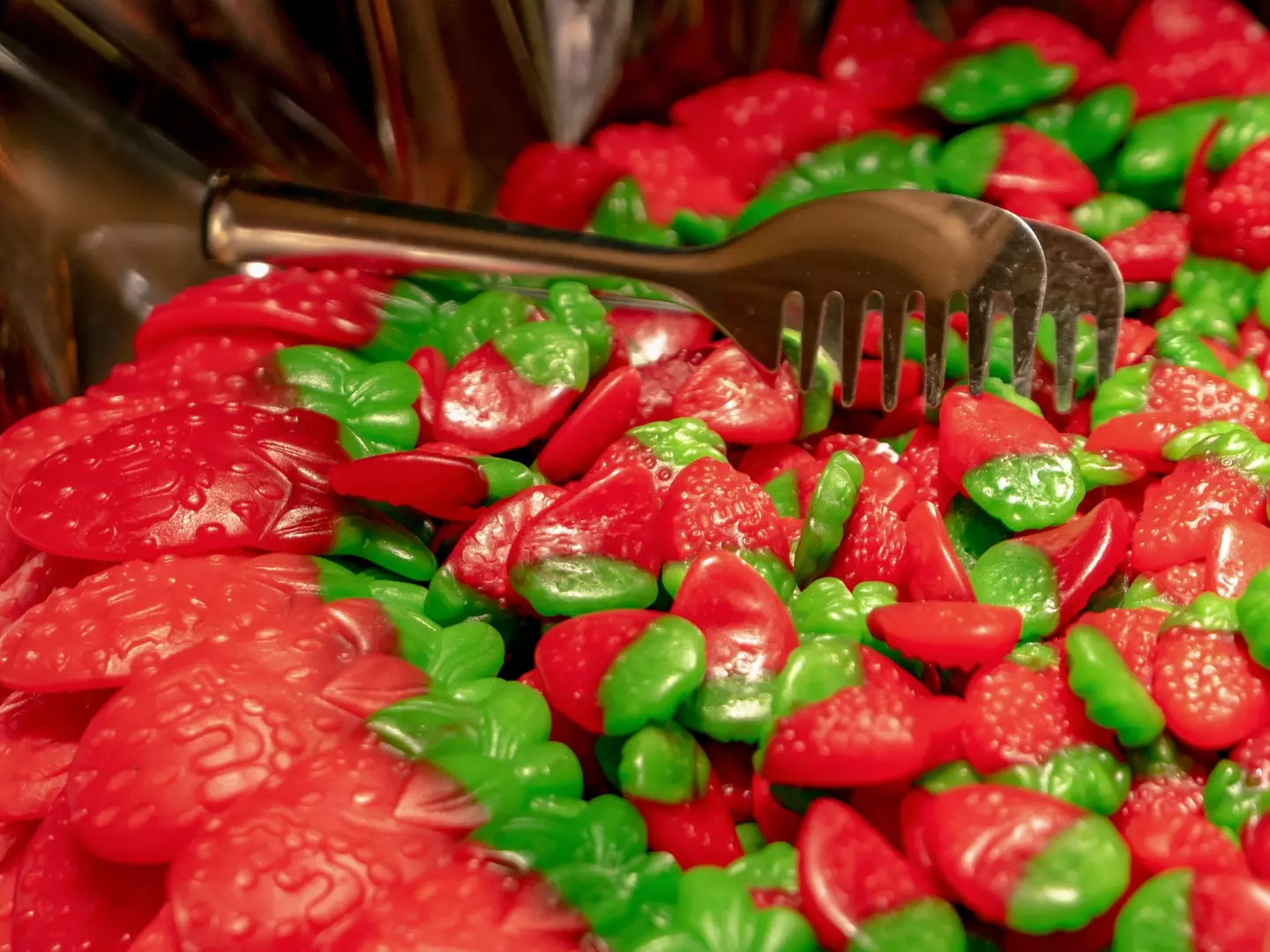
The US’s Food and Drug Administration (FDA) has banned the use of a red food colouring known as Red 3 following studies that showed it may pose a cancer risk to humans.
Red 3, typically found in fizzy drinks, snacks, cereals, and sweets, is made from petroleum and provides a vibrant red colouring.
You might think that being a petrol derivative would have set alarm bells ringing a bit sooner, especially as the colouring has already been banned in the UK, Japan, China, Australia, New Zealand, and other countries.

Advert
It was banned from US cosmetics in 1990, and California was the first state to ban it in food at a state level in 2023 - but it was only in January 2025 that the FDA banned it on a federal level.
Ten other states, including Washington, South Dakota, Missouri, Illinois, New York, New Jersey, Pennsylvania, Rhode Island, Maryland, and West Virginia, had also beaten the FDA to the jump with their own state-level bans.
Jim Jones, deputy commissioner for human foods at the FDA, said Red 40, another petroleum-derived colouring, hadn’t been re-evaluated in over a decade.
"With Red 3, we have a petition in front of us to revoke the authorisation board, and we’re hopeful that in the next few weeks we’ll be acting on that petition," he said at a Senate Health, Education, Labor and Pensions Committee in December 2024.
Advert
"With the holiday season in full swing where sweet treats are abundant, it is frightening that this chemical remains hidden in these foods that we and our children are eating,” said Frank Pallone Jr, a House Energy and Commerce Committee ranking member.
"While food companies must ensure that the food they market is safe, they are also only required to ensure that their products meet FDA’s standards. This means that thousands of products that contain this chemical can remain on the market.”

Red 3 has been linked with cancer in animals, particularly rats, with long-term studies showing that feeding it to animals over the long-term may have instigated cases of “adenomas and carcinomas of the thyroid gland”.
Advert
It’s also been suggested as a link to childhood hyperactivity, which itself is a common symptom of ADHD.
There are plenty more food colourings that pressure groups want to see banned.
The National Institute of Health has said there’s evidence that dyes including Yellow 5 and Yellow 6 are carcinogenic, particularly as they have been found to contain benzidine and other carcinogens.
Blue 1, Red 40, Yellow 5 and Yellow 6 have also been shown to cause hypersensitivity reactions.
Topics: Health
